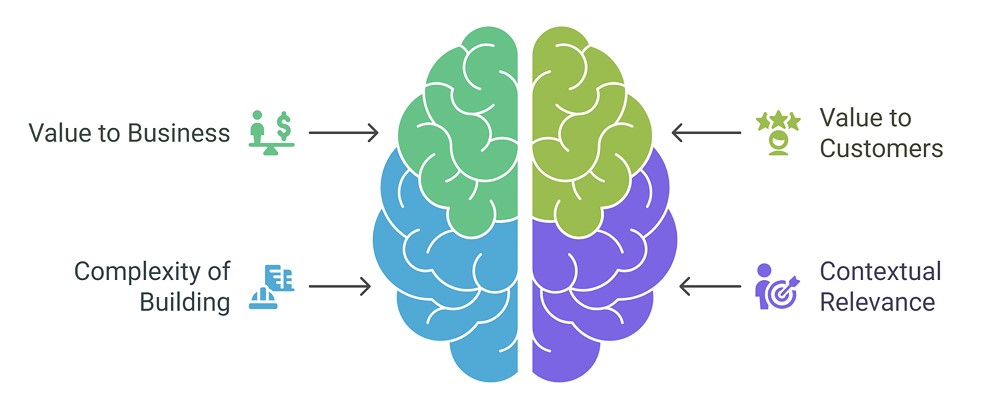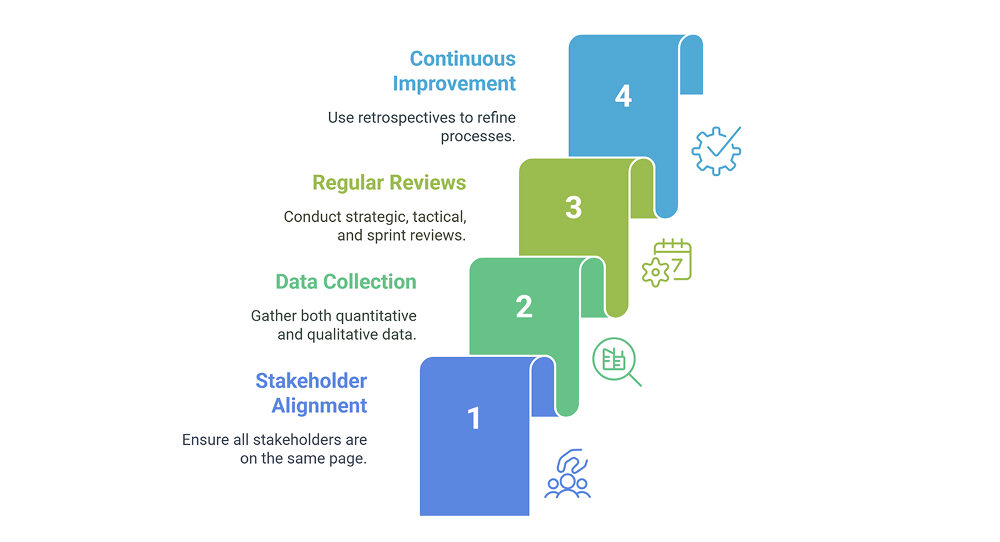In today’s highly competitive software development landscape, companies must work effectively to meet customer requirements. With limited resources, it’s challenging to decide which features should be delivered first. Backlog prioritization helps solve this problem.
What is a Product Backlog?
A product backlog is a single document that contains all known work items related to product development, including features, bug fixes, improvements, and more. However, this list is often unprioritized. The first-come, first-serve principle doesn’t work here. Instead, backlog items should be ordered based on business value, technical complexity, and customer impact.
What is Backlog Prioritization?
Backlog prioritization involves determining what to work on first based on the relative value of each item-whether it’s a feature, bug fix, or improvement. Instead of completing tasks as they arrive, a better approach is to consider:
- What brings the most value to the business and customers
- How complex the work is
- How each item fits into the bigger picture
Modern product teams use data-driven methods to prioritize tasks rather than relying on personal opinions or assumptions.

Why Does Backlog Prioritization Matter?
Every software organization faces the same challenges: limited time, budget, people, and technology. Without prioritization, teams risk being busy without delivering much value. This leads to wasted effort and missed opportunities.
Organizations that use Agile backlog prioritization methods tend to be more successful. These methods help teams be:
- Better aligned with customer needs
- Quicker to respond to market opportunities
- More focused on execution
For Scrum teams, backlog prioritization is especially important during sprint planning. Without clear priorities, product owners can’t make the right development decisions. This leads to ambiguity and inefficiency. Kanban teams face similar issues-ordered backlogs are necessary to manage flow and improve throughput.

Product Backlog Prioritization Techniques
Value-Based Prioritization
1. MoSCoW Method – This method categorizes items as
- Must have
- Should have
- Could have
- Won’t have (this time)
Originally used in UK government projects, this method helps ensure critical needs are met while avoiding unnecessary scope creep.
2. RICE Prioritization
- Reach
- Impact
- Confidence
- Effort
The formula:
(Reach × Impact × Confidence) ÷ EffortThis provides a data-driven score to rank priorities, reducing bias and improving objectivity.
3. Value vs. Effort Matrix
This method maps tasks based on their benefit and required effort. Priority is calculated by dividing value by effort. Higher ratios indicate better ROI.
4. Cost of Delay – Measures the monetary impact of delays.
- Fixed-date features have unchangeable deadlines.
- Expedited features lose money every day they’re delayed.
This method helps prioritize items with real financial consequences.
5. Weighted Shortest Job First (WSJF)
WSJF = Cost of Delay ÷ Job DurationThis approach is often used in scaled Agile frameworks and can improve delivery speed by 35–50%, depending on the environment.
User-centric methods
1. Kano Model
This model classifies features into:
- Must-have: Required but not exciting
- Performance: The better they are, the more users are satisfied
- Delighters: Unexpected features that excite users
This helps teams focus on what truly matters to users and what improves satisfaction.
2. Story Mapping
Arrange features along a user journey timeline. It helps define MVP boundaries and release stages, ensuring that user needs-not technical convenience-drive decisions.
3. Jobs to Be Done (JTBD)
This framework focuses on the user’s actual goals. It prioritizes based on the importance of a job and how poorly it is currently served. One global tech company reported a 25% increase in customer satisfaction and market share after adopting JTBD.
4. Stack Ranking
Items are compared in pairs to determine a clear order. While effective, it becomes impractical with large backlogs. For example, 100 items would require 4,950 comparisons.
5. Customer Feedback Analysis
Uses support tickets, interviews, and analytics to identify frequently requested features and pain points. This approach ensures development is aligned with real user needs.
Risk and Dependency Considerations
1. Risk-Adjusted Prioritization
Includes factors like:
- Technical risk
- Market uncertainty
- Delivery confidence
High-risk features might be prioritized early to learn quickly or delayed if the risk is too great.
2. Dependency Mapping
Identifies features that block others, ensuring foundational items are developed first. This helps smooth out release cycles and reduces delays from interdependent changes.
3. Technical Debt Assessment
Considers how legacy issues may slow down development. Addressing technical debt in prioritization can prevent future roadblocks and maintain velocity.
Implementation Strategy and Best Practices

Choosing the Right Technique
The right method depends on:
- Team size and structure
- Product maturity
- Available data
Startups may prefer faster methods like RICE or Value/Effort scoring. Enterprises might lean on formal techniques like MoSCoW or Cost of Delay. WSJF suits complex technical products, whereas Kano is better suited for consumer-focused products.
A Successful Implementation Process
Good prioritization requires:
- Alignment between product owners, developers, business stakeholders, and customers
- A mix of quantitative data and qualitative feedback
- Regular review cycles to adapt to changing market and user needs
Best practices:
- Quarterly strategy reviews
- Monthly tactical reviews
- Weekly sprint planning
Maximizing prioritization success
Improvement comes through regular retrospectives. By comparing expected results with actual outcomes, teams can refine their prioritization approach over time.
Conclusion
Modern software development demands flexible, data-informed prioritization. By using structured methods and regularly reviewing priorities, teams can:
- Deliver high-value features
- Improve customer satisfaction
- Stay focused and competitive
Prioritization isn’t about doing everything-it’s about doing the right things first.
